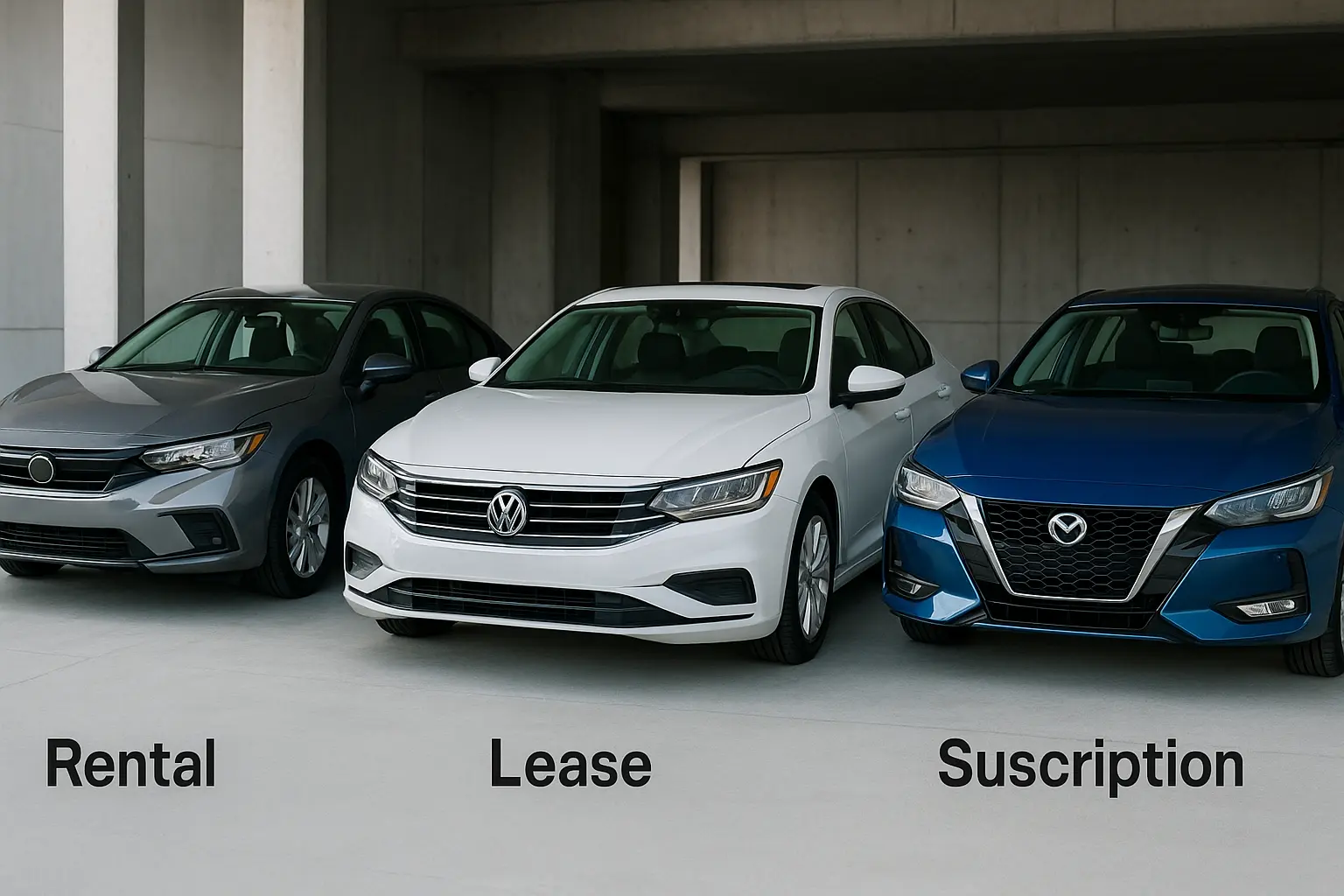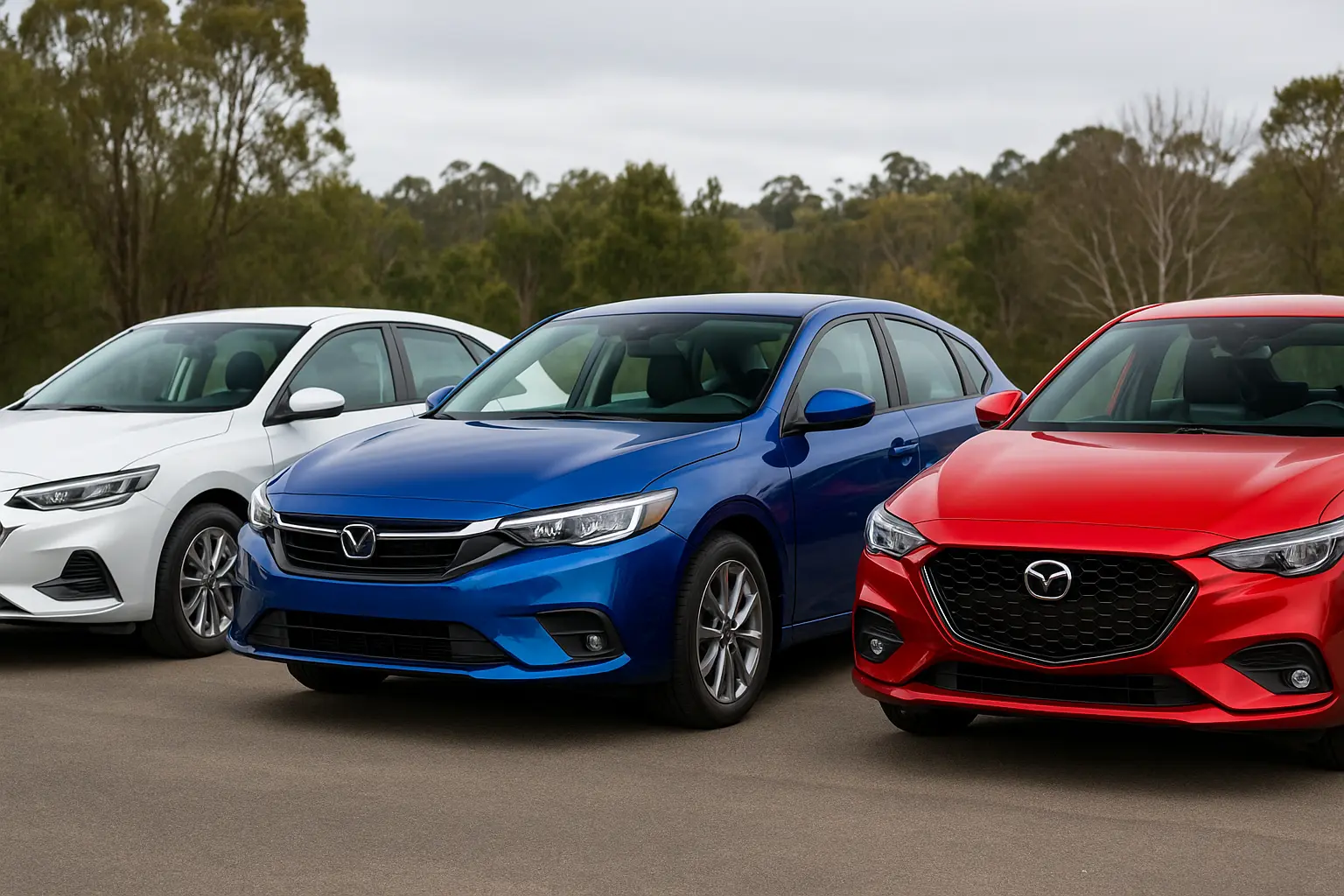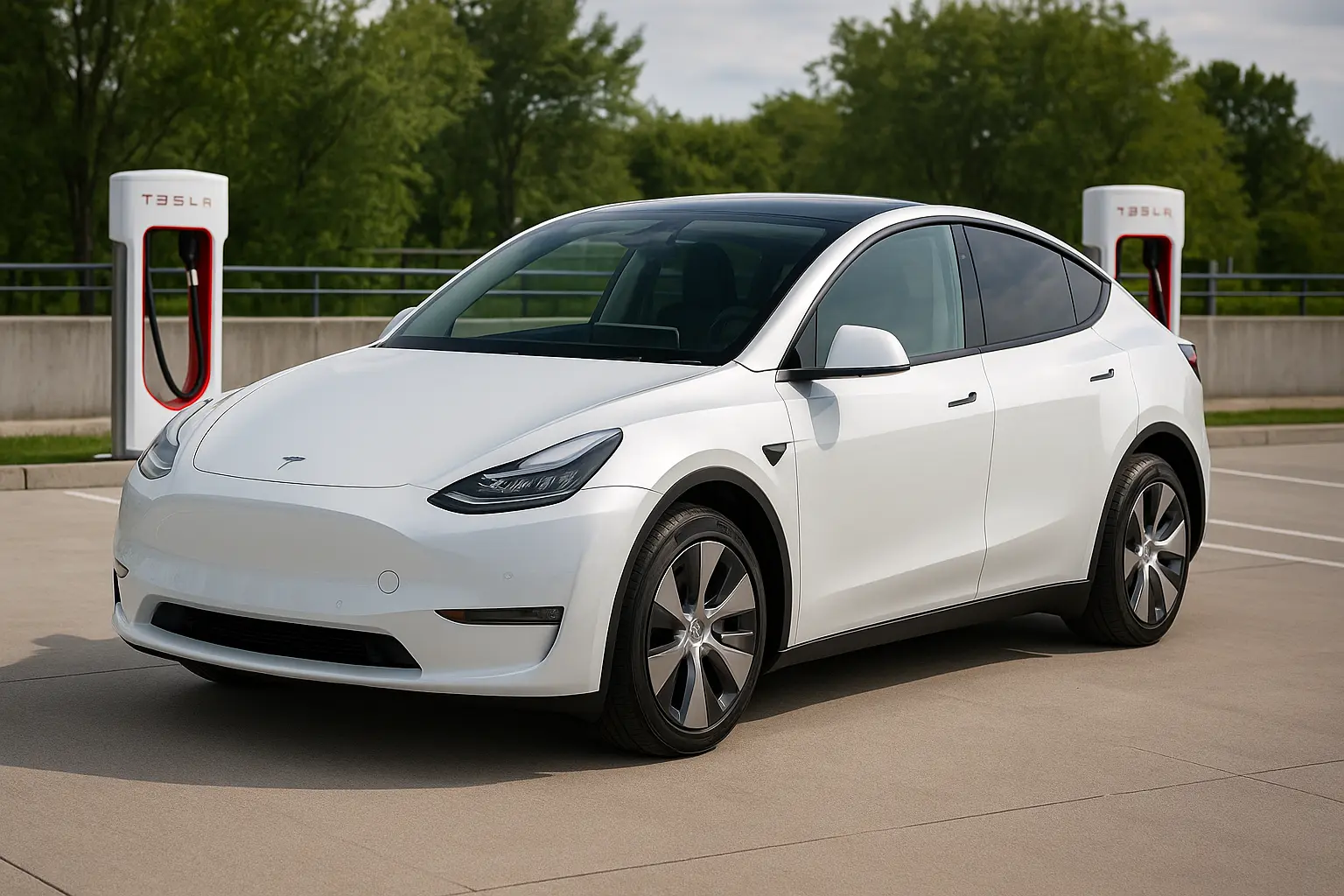The Truth About Car Subscription vs Rental vs Leasing – What Aussies Should Know in 2025
The automotive landscape in Australia is undergoing a major transformation. As traditional ownership becomes less appealing to modern drivers, new alternatives like car subscription services, long-term rentals, and flexible leasing are gaining traction. But what do these models really offer, and which one suits your lifestyle or financial situation?
In this detailed 2025 guide, we dive deep into car subscriptions vs rentals vs leasing, helping you understand how each works, their pros and cons, who they’re ideal for, and what hidden costs or advantages may exist in Australia’s current vehicle market.

🔍 What Are Your Car Access Options in 2025?
Before we compare these options side by side, let’s define them clearly:
1. Car Subscription (Vehicle-as-a-Service)
A car subscription is a monthly fee-based service that bundles the cost of using a vehicle with expenses like insurance, registration, maintenance, roadside assistance, and in some cases, even fuel.
Think of it as Netflix for cars — swap or cancel as your needs change.
Popular subscription providers in Australia (2025):
Carbar
Carly
HelloCars
Blinker
Motopool
2. Car Rental
Renting a car traditionally means paying a daily or weekly fee to use a vehicle from a fleet, mostly for short-term or holiday use.
Examples:
Avis
Hertz
Budget
Europcar
Sixt
Car rental is often used for airport pickups, travel, or emergency replacement vehicles.
3. Car Leasing
Car leasing is a long-term contractual agreement (usually 2–5 years) where you essentially "borrow" the car from the leasing company. You don’t own the car, but you treat it like your own and may have the option to buy it at lease end.
Types of leases:
Novated Lease: Popular with employees and employers.
Operating Lease: More common in business fleets.
Finance Lease: Generally used by self-employed individuals.
🔄 Comparison Table – Subscription vs Rental vs Leasing
| Feature | Car Subscription | Car Rental | Car Leasing |
|---|---|---|---|
| Commitment Length | Monthly, cancel anytime | Daily to Weekly | 2–5 Years |
| Upfront Cost | Low | Low to Medium | Medium to High |
| Inclusions | Insurance, rego, servicing | Basic insurance only | May include servicing in novated leases |
| Vehicle Choice | Limited fleet | Large variety | Choose model/spec |
| Ownership Option | No | No | Sometimes (at lease end) |
| Usage Limits (KM) | ~1000–1500 km/month | ~100–200 km/day | Fixed, often 15k–20k/yr |
| Swap Flexibility | High | Low | None |
| Early Exit Fees | None or minimal | Pay for full rental | Often heavy |
| Target Audience | Urban, flexible users | Tourists, temp users | Stable long-term users |
🧩 Understanding Each Option in Detail
🚘 Car Subscriptions – The Flexible Choice for Urban Aussies
Car subscriptions are growing fast in Australia, especially in major cities like Sydney, Melbourne, and Brisbane where car ownership is expensive and often unnecessary.
How it works:
You pay a monthly fee (typically $600–$1500 depending on vehicle class)
Everything is included — registration, insurance, servicing, roadside
You can change vehicles every few months or cancel with short notice
Pros:
No long-term contract
Predictable all-inclusive cost
Try multiple car models
No need to worry about depreciation
Cons:
More expensive per month than leasing
Limited km (excess usage charged)
Vehicle choice may be limited
No equity at the end
Ideal for:
Digital nomads
Short-term city dwellers
People testing EVs or different car types
Students or expats
🚗 Car Rentals – Short-Term Convenience at a Cost
Car rentals remain ideal for short trips, vacations, or emergency needs. They're quick to book, but costly if kept too long.
How it works:
Choose vehicle online or in person
Pay per day (starting ~$40/day for basic hatchbacks)
Return with full tank and no damage
Pros:
Simple and quick
Great for short-term or travel
Wide variety of cars available
No maintenance or insurance concerns beyond the rental
Cons:
Costly over longer durations
Extra fees for insurance, young drivers, fuel, GPS, etc.
Strict terms on kilometres and damage
Limited flexibility for swaps or extensions
Ideal for:
Travellers and tourists
One-off needs (e.g. moving house)
Emergency vehicle replacements
🚙 Car Leasing – Long-Term Cost-Efficient Use
Leasing is great if you want to drive a new car every few years without ownership risks. It's particularly popular with employees under salary packaging (novated lease).
How it works:
Choose a car and lease term (2–5 years)
Pay monthly lease cost
Return at end, or buy at residual value
Pros:
Lower monthly payments than loans
Option to own (in some leases)
Can be tax-effective (especially novated leases)
New car every few years
Cons:
Locked into contract
Mileage restrictions apply
Penalties for early termination
Not as flexible as subscription
Ideal for:
Professionals with stable income
Businesses/fleet buyers
People who prefer new cars frequently
💰 Price Comparison in 2025 Australia
Let’s say you're considering a mid-size SUV like a Toyota RAV4 or Hyundai Tucson in 2025.
1. Car Subscription (Carbar or Carly)
~$1000/month
Includes insurance, rego, servicing
Total annual cost: ~$12,000
No ownership
2. Rental (Budget or Hertz)
~$80/day incl. insurance
10 days/month use = ~$800
Total annual cost: ~$9600 for 120 days only
Not practical for full-time use
3. Leasing (Novated Lease)
~$650/month (before tax)
Annual cost: ~$7800 (can be pre-tax)
End-of-lease buyout: ~$15,000–$20,000
🟩 Cheapest long-term option? Leasing
🟦 Most flexible? Subscription
🟥 Easiest for short-term? Rental
🛠️ What’s Included vs Not Included
| Service/Cost | Subscription | Rental | Leasing |
|---|---|---|---|
| Insurance | ✔️ | Optional/Extra | May be included |
| Registration | ✔️ | ✔️ | ✔️ |
| Servicing/Maintenance | ✔️ | ✔️ | ✔️/Optional |
| Fuel | ❌ | ❌ | ❌ |
| Roadside Assistance | ✔️ | ✔️ | ✔️ |
| Tyre Replacement | Sometimes | ✔️ | Your responsibility |
| Excess Damage Cover | Limited | Optional/Expensive | Optional |
🤔 Which One Is Right for You?
Here’s a quick guide based on life stage and driving needs:
| Scenario | Best Option |
|---|---|
| Student in Sydney short-term | Car Subscription |
| FIFO worker needing a car 1 week/month | Car Rental |
| Full-time professional with stable income | Car Lease (Novated) |
| Moving around suburbs frequently | Subscription or Lease |
| Business with fleet needs | Operating Lease |
| Testing an EV before buying | Subscription |
| Tourist in Australia | Rental |
🚨 Hidden Fees & Risks to Watch Out For
Each model comes with its own set of hidden costs:
Car Subscriptions:
Excess km charges ($0.20–$0.35/km)
Swap/change fees
Damage outside of “fair wear & tear”
Rentals:
High fuel refill penalties
GPS/add-on costs
Extra insurance charges
Limited driver age flexibility
Leasing:
Balloon payments or buyout costs
Early exit penalties
Wear & tear overcharges
Long-term debt liability (if not novated)
📈 Trends in 2025 – What Aussies Are Choosing
As of mid-2025, car access habits are shifting in major Aussie cities:
Subscriptions: Growing 15–20% YoY, especially among Gen Z and millennials.
Leasing: Still dominant for businesses and employees (thanks to novated lease tax perks).
Rentals: Strong during peak travel seasons but declining for daily city use due to Uber/ride-share.
🧮 Cost-Per-KM Breakdown Example
For an average Aussie who drives 12,000 km/year:
| Option | Annual Cost | Cost per km |
|---|---|---|
| Subscription | $12,000 | $1.00 |
| Rental (120 days) | $9,600 | $0.80 |
| Leasing (Novated) | $7,800 | $0.65 |
Leasing remains cheapest on a per-km basis if you're okay with long-term commitment.
📝 Final Verdict – What Should You Choose?
If you're wondering “what’s the right choice for me?”, here’s the TL;DR:
✅ Go with a Subscription if you want flexibility, don’t want to deal with ownership, and love trying different vehicles.
✅ Choose Leasing if you want cost-effective long-term use, especially through a novated lease.
✅ Rent a Car only when you need it occasionally, like travel or short-term replacement.
Each option serves a different lifestyle — knowing your budget, duration, and usage frequency is the key to making a smart call in 2025.
🧠 Pro Tips for Aussie Drivers:
Calculate your yearly km use – it will determine the most cost-effective option.
Don’t ignore insurance coverage differences, especially in rentals.
If your employer offers novated leasing – it’s often the cheapest option.
Subscription is perfect for EV test-drives before committing to a full purchase.
✅ Conclusion
The Australian automotive market in 2025 is full of choices beyond ownership — and that’s a good thing. Whether you’re a student, business owner, digital nomad, or weekend adventurer, there’s a mobility solution tailored to your needs.
Just be sure to understand what’s included, excluded, and the fine print, and you’ll find the right set of wheels without getting locked into the wrong deal.
Leave a comment
Your email address will not be published. Required fields are marked *




















